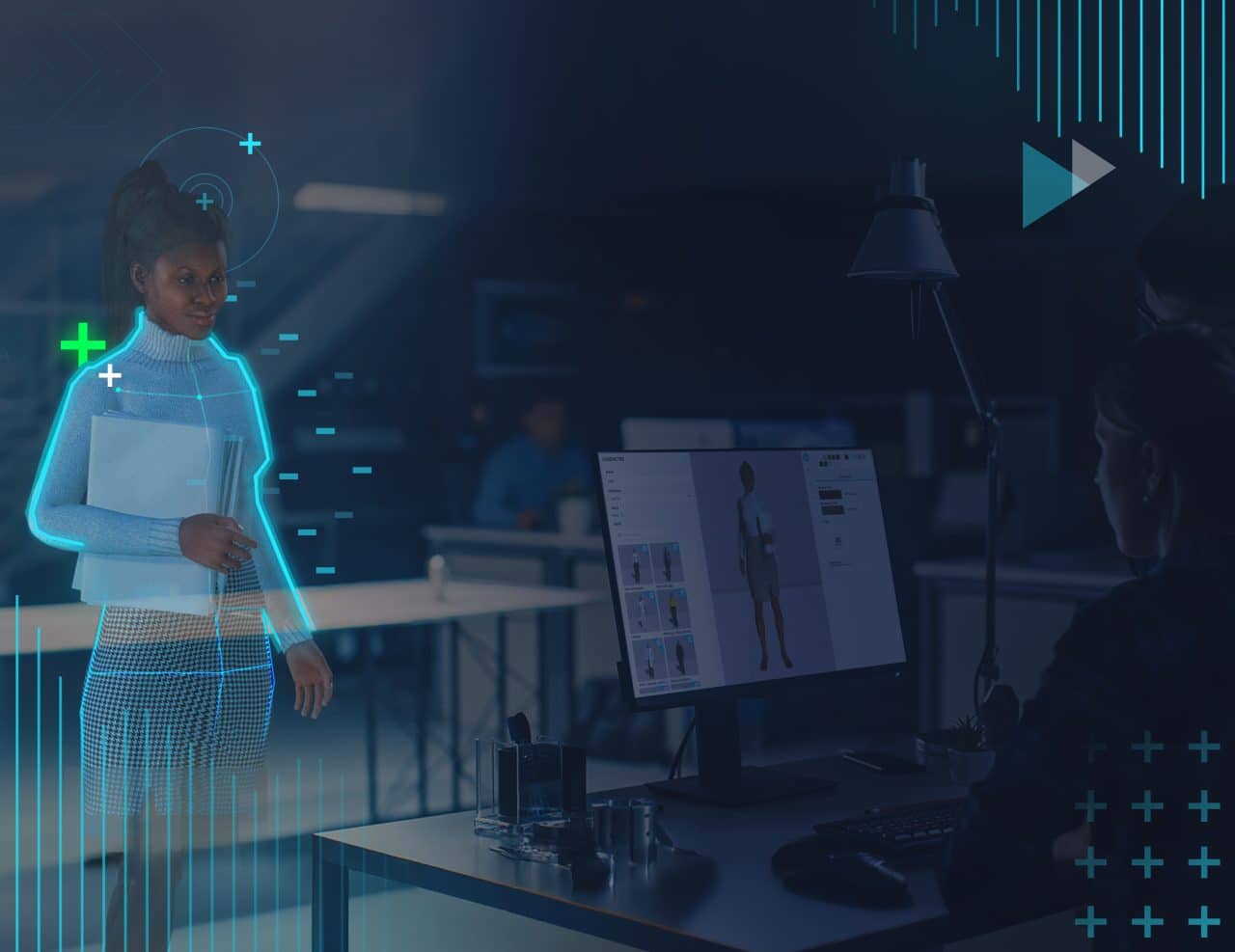The term ‘AI’ gets thrown around a lot these days. When we first started getting excited about it in 2022 people generally fell into two camps. There were those who wouldn’t touch it with a 10-foot pole and those who tried to understand how it would fit into the business world. Today most of us have shifted to the second camp. Mostly because today, there are real and meaningful applications of AI in learning and development. Here’s my take on where you should be on the journey.
Match the solution to the problem
Before going out and reading articles, watching videos, and paying for online courses my advice would be to think critically about your specific needs and problems. Concentrate on the tasks that require a lot of manual data handling or repetition. For example: handling of completion reports, creating content, lengthy in-person training sessions, and sifting through appraisal or survey responses. The amount of time you spend on these tasks will of course vary by size and type of organization but generally, these are the areas where AI can have the most impact.
Once you’ve determined the task and need research companies or specific technologies that address that problem. There are oodles of startups who are rapidly innovating in each of these spaces that would be more than happy to share case studies and know-how on the problem. It’s a great place to learn.
In Attensi’s case, we use generative AI to supercharge content creation. Specifically, our CREATOR tool ingests PDFs and training material and then converts them into bite-size learning modules that combine rich gamification and scenario-based training. This can significantly reduce the amount of time it takes to build bespoke and engaging e-learning material.
Plan future hiring
I was having a conversation with an L&D manager at a hotel recently after showing him our suite of AI tools. Rather than ask me exactly how it would work for his business he asked me about hiring.
“What skills do I need to look out for in resumes when I’m hiring to make sure we can make the most of AI technology?”
I think this is a perfect example of where the L&D world should be when it comes to insulating against future change. To illustrate this, think of what a skills section on a resume looked like 15 years ago. It would have been very desirable to see a new hire with proficiency in Excel, PowerPoint, and the Adobe suite. At the end of the day, these are productivity tools that make (made) tasks more efficient.
For the next generation of hiring, we should be looking at how we bring people in who are comfortable augmenting their workstreams with AI tools. Start looking for skills sections that list prompt writing, GPT, and Generative AI. And don’t be afraid to ask about their previous experience using similar tools.
For example, in my case, I am constantly building slides and examples to illustrate how our product would be tailored to a given customer. I use a tool called Midjourney to generate high-quality images that are based on specific prompts and reference material. It’s more professional and saves me enormous time as opposed to the alternative.
Stay on top of trends
Make sure you stay on top of the latest trends. This will be important to help you identify the real AI companies from those that are sitting behind the 8-ball. One of the most exciting developments is Agentic AI. It’s another step change in complexity that will make large language models more autonomous and efficient with less human oversight.
To understand what it is let’s think about how we interact with an LLM like ChatGPT today. ChatGPT is a reactive system. It responds when prompted by the user. Its interaction is limited to answering questions or performing tasks one step at a time based on direct input. It does not remember our preferences or learn from our behaviors over time.
Agentic AI is a class of artificial intelligence systems that sits on top of an LLM and is capable of learning through repeat interactions and handling more complex tasks with less human oversight. The benefits of this can manifest in different ways. It didn’t click for me until I looked at specific examples. Let’s say you want to use AI to book a vacation…
- ChatGPT can suggest a travel plan based on user input but won’t autonomously manage bookings or follow up on changes to the plan.
- An agentic AI might be asked to plan a trip, and it could autonomously book flights, hotels, and even update the itinerary if it detects changes in weather or travel conditions.
How Attensi is using Agentic AI
We’re using Agentic AI to create a product called REALTALK. REALTALK is an AI-powered conversation tool that gives people a way to practice difficult management conversations, handle negotiations, or practice selling techniques.
In a nutshell, it makes interacting with an LLM feel more real and sound more human.
This isn’t like using Siri or ChatGPT. This is more of a back-and-forth conversation with an AI-powered avatar that is based on specific narratives, characters, and storylines.
To illustrate this let’s think about how you’d normally have a conversation with a real person. How they respond and engage with you is largely based on two things:
- Their knowledge – everything they’ve learned about language, words, business acumen, end goals, etc.
- Their character – this will dictate how they convey that knowledge to you. Are they introverted/extroverted? Aggressive/passive etc.
GPT-4 powers the knowledge component. The lovely folks at Open AI have trained their LLM on the world’s information. There are infinite combinations of words, responses, and experiences that can be surfaced through specific prompts.
For the character element, you need a way of telling an LLM how to craft its responses in such a way that it feels human. This is the Agentic layer and this is what Attensi has built. We use it to analyze speech inputs from a user and then determine the best response from the LLM while remaining within the confines of a particular character and narrative. This format also gives continuity to the conversation where each input builds on the previous as opposed to isolated sessions.
Here’s a link to the REALTALK product page if you want to check it out.
Thanks for reading!





